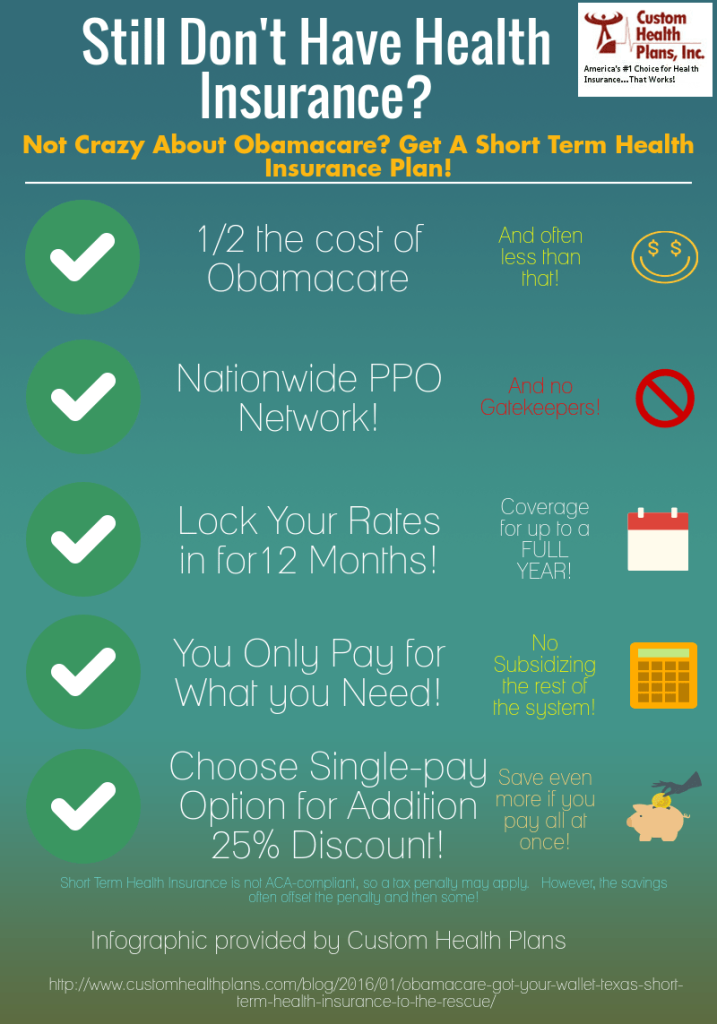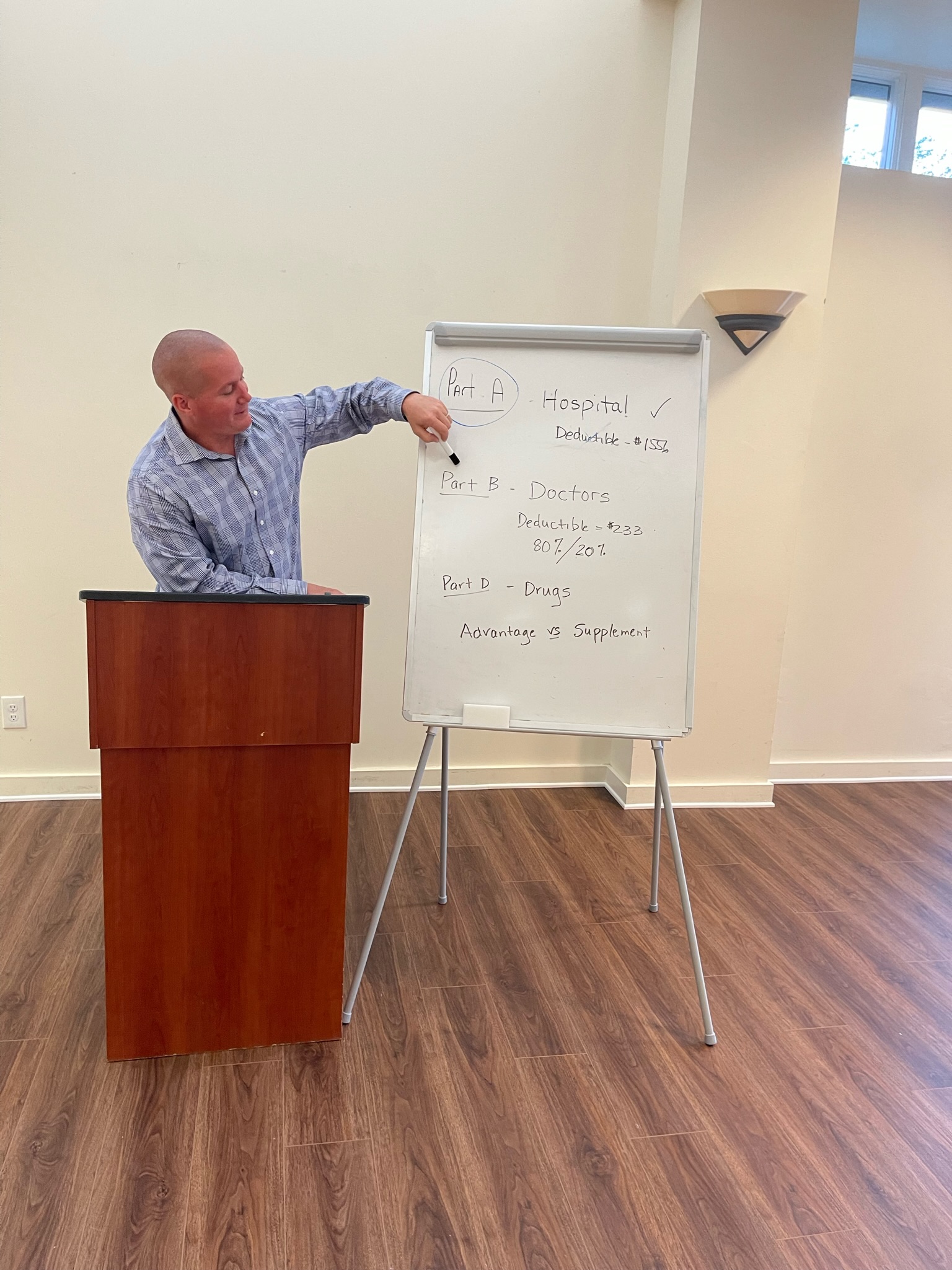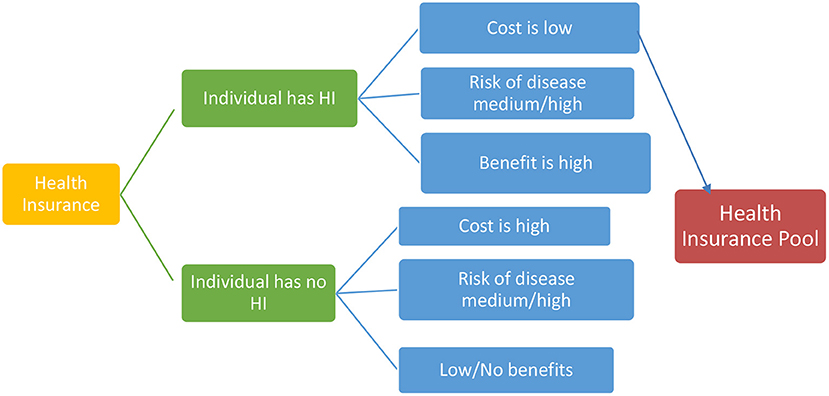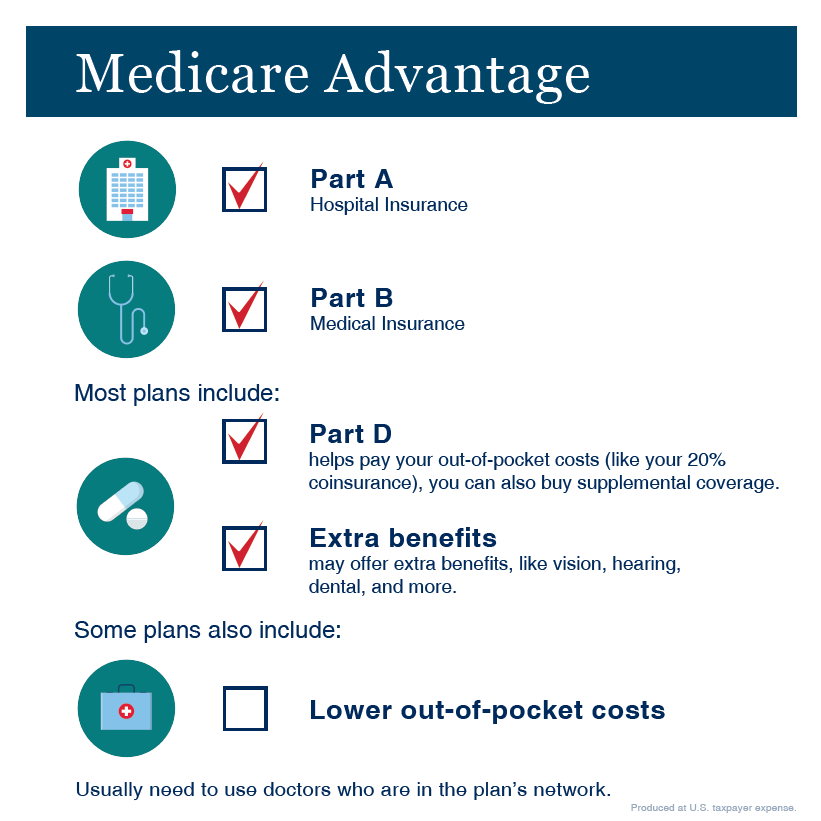How Medicare Advantage Agent can Save You Time, Stress, and Money.
Everything about Medicare Advantage Agent
Table of ContentsThe Best Strategy To Use For Medicare Advantage AgentMedicare Advantage Agent Things To Know Before You Get ThisSome Known Details About Medicare Advantage Agent


follows from adheres to the relatively young reasonably profile of the uninsured with without insurance better healthFar better wellness average, of younger personsMore youthful For those without access to work environment wellness insurance coverage, inadequate wellness is a prospective obstacle to acquiring nongroup coverage because such insurance coverage might be extremely priced, omit pre-existing conditions, or be simply inaccessible. Unless otherwise kept in mind, nationwide estimates of individuals without wellness insurance and percentages of the population with various kinds of protection are based on the CPS, the most commonly utilized resource of quotes of insurance coverage and uninsurance prices.

9 Simple Techniques For Medicare Advantage Agent
Over a three-year period beginning early in 1993, 72 million individuals, 29 percent of the united state population, lacked coverage for at the very least one month. Within a solitary year(1994), 53 million individuals experienced at least a month without coverage(Bennefield, 1998a). Six out of every 10 uninsured adults are themselves employed. Although functioning does boost the possibility that one and one's member of the family will have insurance policy, it is not a guarantee. Also members of households with two full time wage earners have nearly a one-in-ten possibility of being without insurance (9.1 percent without insurance rate)(Hoffman and Pohl, 2000 ). The partnership between health and wellness insurance coverage and accessibility to care is well established, as recorded later in this chapter. Although the relationship between health insurance policy and health and wellness end results is neither straight neither basic, a substantial scientific and health solutions research study literary works web links wellness insurance protection
to improved accessibility to care, better high quality, and improved personal and populace health standing. For instance, the second record, on personal health and wellness outcomes for uninsured grownups, is stood for by the inner circle of the figure, while the third record, on family well-being, includes the subjects of the 2nd record but emphasizes a various system of evaluation, namely, the family. The sixth record in the series will certainly present details concerning strategies and campaigns carried out in your area, statewide, or across the country to deal with the lack of insurance policy and its negative impacts. Degrees of analysis for examining the results of uninsurance. This conversation of health insurance coverage concentrates mainly on the U.S. populace under age 65 because essentially all Americans 65 and older have Medicare or various other public coverage.
It focuses especially on those without any kind of health insurance for any size of time. The problems encountered by the underinsured remain in some areas similar to those encountered by the without insurance, although they are normally less extreme. Uninsurance and underinsurance, however, include noticeably different policy problems, and the strategies for resolving them might vary. Throughout this research and the 5 records to adhere to, the main emphasis gets on individuals with no medical insurance and therefore no aid in paying for healthcare past what is available through charity and safeguard establishments. Medical insurance is a powerful aspect impacting receipt of care due to the fact that both people and physicians react to the out-of-pocket cost of solutions. Medical insurance, however, is neither required neither enough to get to medical solutions. Nonetheless, the independent official website and straight impact of wellness
insurance coverage on access to health and wellness services is well developed. Others will get the healthcare they require even without health and wellness insurance coverage, by spending for it out of pocket or seeking it from service providers who use care totally free or at highly subsidized rates. For still others, medical insurance alone does not guarantee receipt of treatment since of other nonfinancial barriers, such as an absence of healthcare providers in their neighborhood, limited accessibility to transport, illiteracy, or etymological and social differences. Official study concerning uninsured populations in the United States dates to the late 1920s and very early 1930s when the Committee on the Price of Medical Treatment produced a collection of reports concerning financing doctor office check outs and hospitalizations. This concern ended up being prominent as the numbers of medically indigent climbed up throughout the Great Clinical depression. Empirical researches regularly sustain the link between access to care and improved wellness results(Bindman et al., 1995; Starfield, 1995 ). Having a routine resource of treatment can be thought about a forecaster of access, instead of a straight measure of it, when wellness end results are themselves used as access signs. This expansion of the concept of accessibility measurement was made by the IOM Board on Keeping An Eye On Accessibility to Personal Wellness Care Services(Millman, 1993, p. Whether moms and dads are guaranteed appears to impact whether their youngsters obtain you could check here treatment as well as just how much careeven if the youngsters themselves have insurance coverage(Hanson, 1998). The wellness of parents can influence their capability to look after their kids and the level of family members anxiety. Bothering with their youngsters's accessibility to care is itself a source of stress for moms and dads. 3 phases adhere to in this record. Chapter 2 provides a review of exactly how employment-based medical insurance, public programs and private insurance coverage plans run and engage to provide substantial but incomplete protection of the united state population. This includes an evaluation of historical trends and public laws affecting both public and exclusive insurance policy, a conversation of the communications amongst the different sorts of insurance coverage, and an exam of why people relocate from one program to one more or wind up
